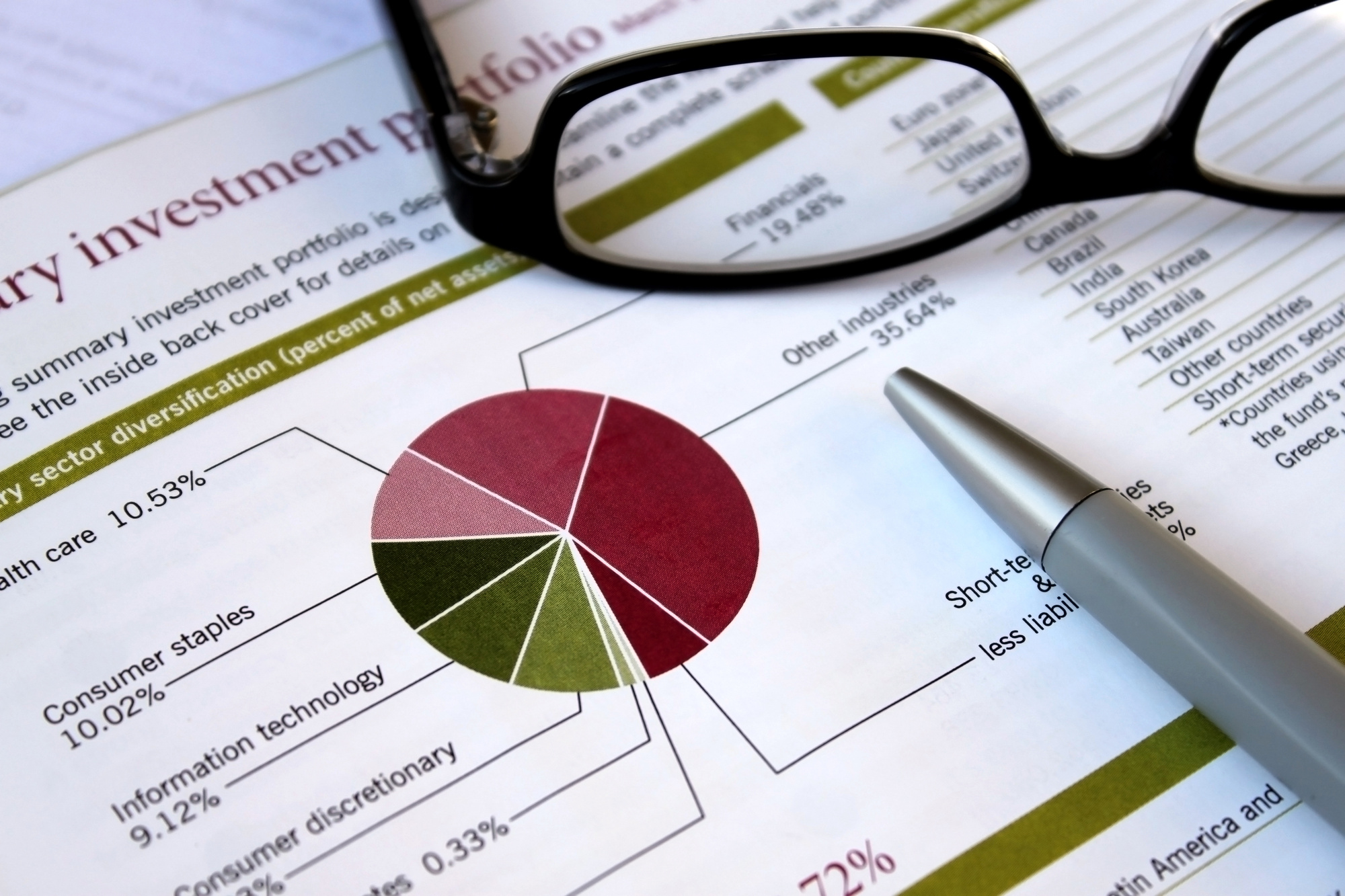The Beginner’s Guide to Building an Investment Portfolio

29 Aug 2018
Building your investment portfolio can be an overwhelming experience for beginners. Our team is providing a comprehensive beginner’s guide to investing, what you need to know, and discussing how one of our experienced financial advisors can help.
So you want to create wealth, but you’re not sure how to do it.
Buzzwords like “create wealth” sounds great but you have to understand what it means before you can get started.
Building an investment portfolio is not a get rich quick scheme. You need to be prepared to wait and watch your investments work for you.
Here’s a little more about financial investment for beginners.
Building An Investment Portfolio
Hearing terms like “day trader” and “options” can be intimidating, especially in a world where you want to protect your sensitive financial information. But you’re already doing the right thing – research.
What is Budgeting?
Many people begin the process of budgeting, but fail to follow through. The simplest guideline to follow would be to save 15% of net income (for someone 45 & older it should be 20% older even more) for the rest of one’s working life. Most people save what is left over after paying bills, spending money on entertainment, food and personal shopping. Of course, more often than not, there is nothing left to save. Once 3-6 months of expenses are covered, keep on saving and start going into investments.
The Miracle of Compounding
Compounding Interest is an incredible way to build long-term financial security.
Business Insider has some great tips on compound interest:
“One of the biggest financial advantages out there is something anyone can access by opening a simple retirement account: compound interest.
Retirement accounts such as 401(k)s and Roth IRAs aren’t just savings accounts — they’re actively invested, and therefore have the potential to make the most of this benefit.” For more info and charts on this topic read the full article at businessinsider.com
Research Your Investment
Stocks, bonds, mutual funds, cash investments – they all have a different return rate. Generally, the lower risk an investment is, the less money it will make (or the lower its return rate will be).
Don’t Risk More Than You Can Afford To Lose
Higher return rates look really appealing, until you realize how much money you could lose if it doesn’t work out.
We recommend starting with a budget, and sticking to it. Set aside a certain amount, and spend only what you can afford to lose if something goes wrong.
Diversify
Some of those high-risk investments are good because most of the time they do have a good return rate. But diversifying is important, meaning you build in some investments that are lower risk as well.
You want a portfolio (or a collection of investments) that has all types of investments in it. This way you always manage to have something working for you.
Be Comfortable
Once you’ve done your research, you should be comfortable with your investment. You’re investing the right amount of money and diversifying, and the most important thing is that you remember this doesn’t happen overnight.
Be ready to leave your money in the account for a while, because that is how it grows. Your patience will pay off but it will take longer than you think.
Work with the Right Advisor
Because this is not something most people have experience with, it’s important to take your time when choosing an advisor.
Consider their investment approach. Do they draw on their experience or are they only working from their education with no real-world experience?
Do they have your best interests in mind? You want to make sure they are making buy and sell decisions that they would actually consider doing with their own money, and that you are their chief concern.
Don’t be afraid to ask these types of questions when meeting with a potential advisor.
Start Today
Your instincts led you to do some research, and that means you are on your way to building a great investment portfolio.
Spend a little time diversifying and following the other steps here. When you’re ready to work with an advisor, visit our website and let us know how we can help.

